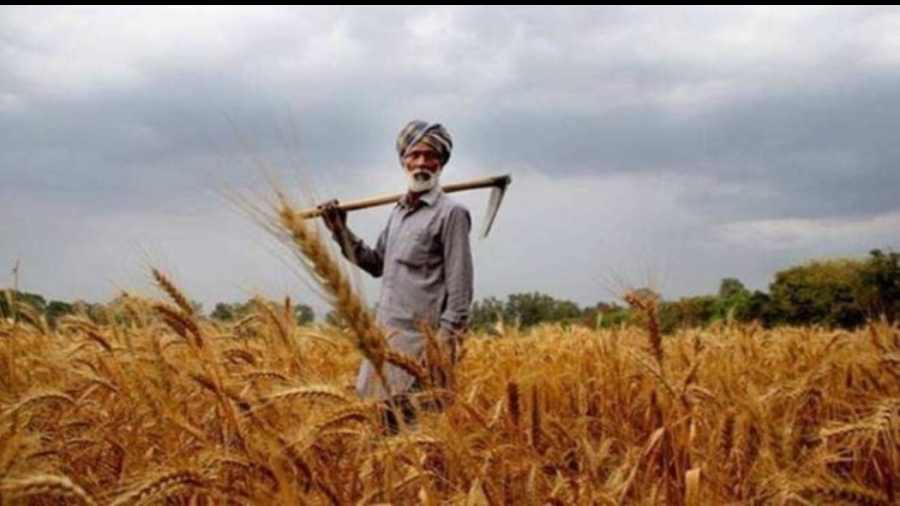Heavy rainfall in the country has damaged key summer-sown crops such as rice, soybean, cotton, pulses and vegetables just before harvesting, which could stoke food inflation, traders and industry officials said.
Higher food prices could prompt New Delhi to slap additional restrictions on exports of food commodities such as rice, wheat, and sugar, and potentially force the Reserve Bank of India to raise interest rates again.
“There has been so much rainfall from the last one week that now we can see sprouts from the paddy seeds,” said Narendra Shukla, a 36-year-old farmer from Barabanki in Uttar Pradesh.
The entire paddy crop, which could have been harvested in a fortnight, has flattened, and Shukla is now waiting for the weather to clear so he can finish the task and plant potatoes.
Uttar Pradesh, the country’s second biggest producer of rice, has received 500 per cent more rainfall than normal so far in October.
Madhya Pradesh, Bengal, Haryana and Rajasthan have also seen heavy rainfall, which has damaged summer-sown crops, dealers said.
That could lead to a reduction in yields and a deterioration in harvest quality since crops were ready for gathering and in some places, harvested crops were already drying, said Harish Galipelli, director at ILA Commodities India Pvt Ltd, which trades farm goods.
Farmers usually plant summer-sown crops in June-July with the arrival of monsoon rains, with harvesting starting from mid-September.
But this year, the cycle was delayed by lower rainfall in June. While crops are now ready for harvesting, an area of low pressure is bringing heavy rainfall in northwestern and eastern parts of the country and delaying the end of the south-west monsoon.










